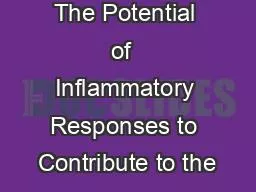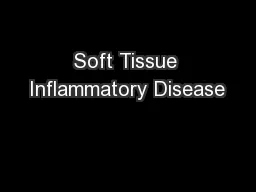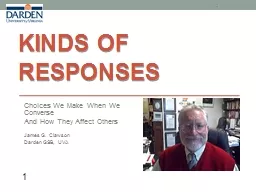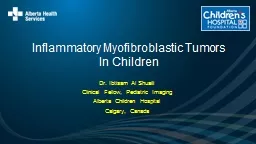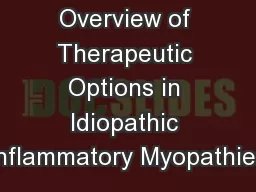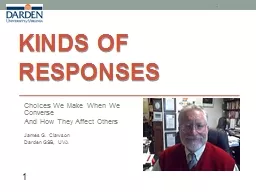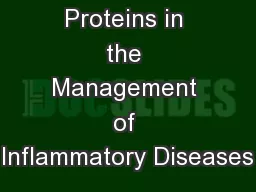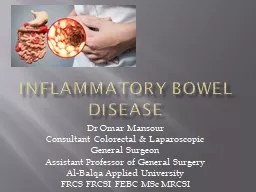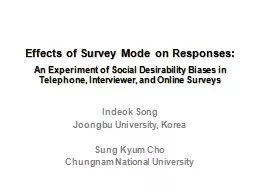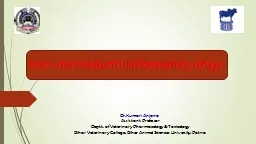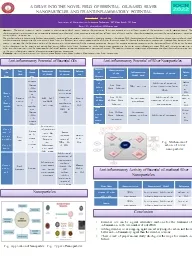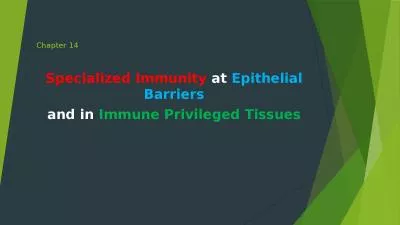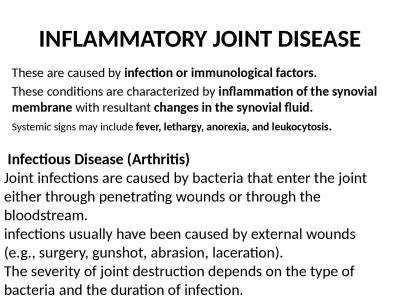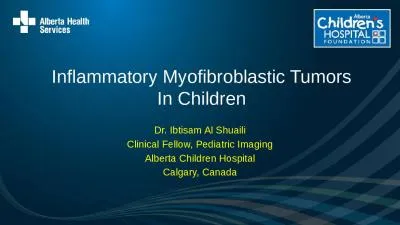PPT-The Potential of Inflammatory Responses to Contribute to the
Author : solidbyte | Published Date : 2020-11-06
Development of Transfusion Related Acute Lung I njury TRALI Blood transfusions while lifesaving are also associated with a risk of morbidity and mortality due
Presentation Embed Code
Download Presentation
Download Presentation The PPT/PDF document "The Potential of Inflammatory Responses..." is the property of its rightful owner. Permission is granted to download and print the materials on this website for personal, non-commercial use only, and to display it on your personal computer provided you do not modify the materials and that you retain all copyright notices contained in the materials. By downloading content from our website, you accept the terms of this agreement.
The Potential of Inflammatory Responses to Contribute to the: Transcript
Download Rules Of Document
"The Potential of Inflammatory Responses to Contribute to the"The content belongs to its owner. You may download and print it for personal use, without modification, and keep all copyright notices. By downloading, you agree to these terms.
Related Documents

